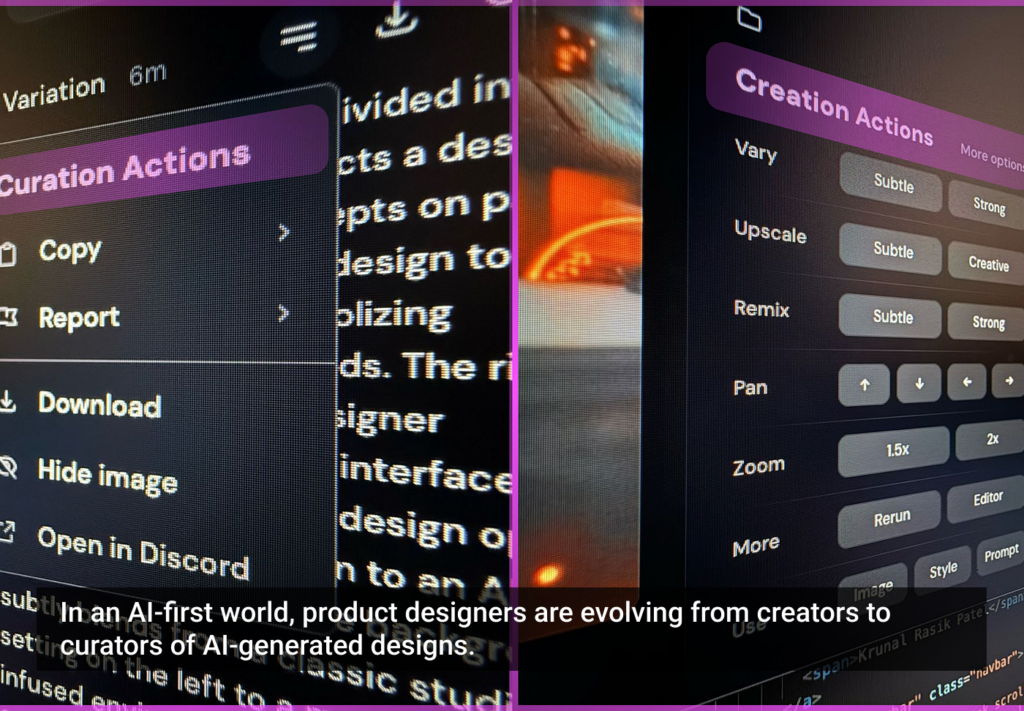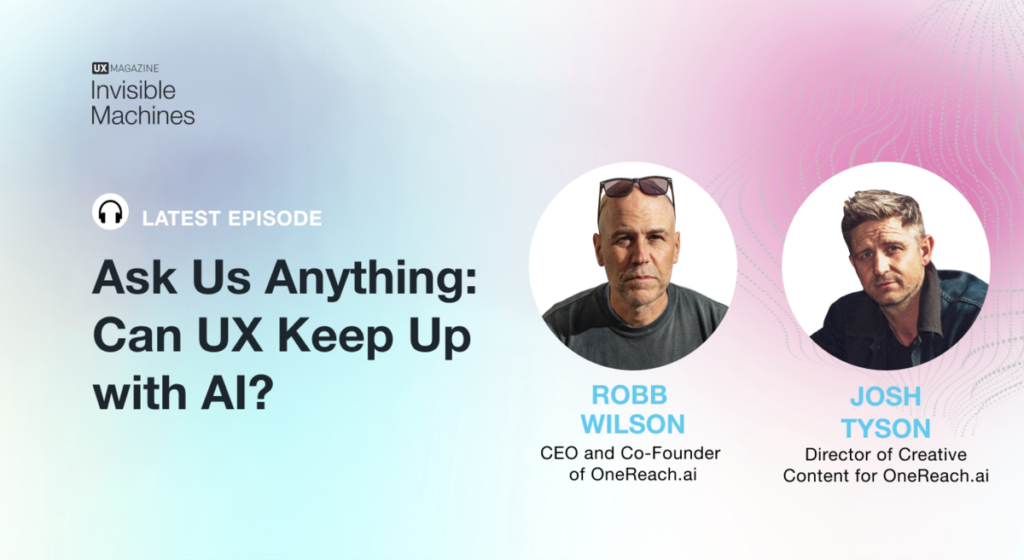Visuals, both static and interactive, are at center stage for website and app design. Consequently, the power of written words have quietly become afterthoughts. For example, the evolution of emojis have conditioned society that words are an alternative–not a complement–to a visual. However, without strong wording and storytelling, the UX process falls to the wayside.
Since their inception, mass media and newspapers relied the most on wordsmithing as a way to get attention and convey ideas. Since then, stories in the paper have evolved into real-time radio, live TV and news broadcasts. In addition, the Internet lets anyone make commentary and share a message.
As mass media have evolved their capabilities and delivery systems, society has become accustomed to viewing interactive displays rather than reading long-form print. Visuals take on the form of art open for interpretation at times, which allows for creativity but also misinterpretation.
While UX often has a heavy focus on how visual design impacts usability and functionality, words remain the single, most direct way to convey trust, concepts, and persuasion.
Words Build–And Take Away–Trust
When describing what you can expect from a product offering, site designers have an opportunity to create trust. This trust can be conveyed in quantifiable data sets, company mission statements, bold and relevant statistics, or commitment statements to the user.
On the other hand, overpromising without delivering on those promises in site copy can easily take away trust that is nearly impossible to regain. Be wary of the discrepancies between promotional words and the true product offering. Be precise, transparent, and authentic about identity and capabilities to build trust with new audiences.
What They Say
Sometimes, others can say things better than we can say ourselves. On a webpage, showing off clients or using strong client testimonials helps website UX because their words are an indication of how great a product is.
Showcasing client logos, while one of the most common practices, needs to be done appropriately. At Viddler, we opt to put this on our homepage but made sure it was below the fold. Our choices were five of the most well-recognized and diverse brands including RedBull, Dell, and Walgreens.
Second, to strengthen our UX even more, we wanted to integrate what our customers are saying. with their experience working with Viddler or their view of the Viddler’s offering(s). This idea is hugely important to product and service websites. Hopefully, you have a lot of positive feedback and praise from brand advocates. However the most effective testimonials are from someone reputable, relevant, and relatable in your brand’s target audience. In addition, great testimonials highlight exclusive benefits of your product offering and bolster claims made on your brand’s site pages.
140 Characters or Less
Whether you tweet or not, Twitter has provided a compelling challenge to its users, in that users can only convey a message that is 140 characters or less. This concept, along with many other time-sensitive and copy-limiting social media platforms, makes us have a mindset of brevity—convey what you want to say without using a lot of words.
In our brand’s experience, the principle of progressive reduction applies heavily. We are a software company for B2B users, so even as curiosity sparks, when users arrive at our site, they have a general sense of solutions they want to see. Still, they are open-minded to the vehicles that the solutions are delivered in. More generally speaking, as marketing best practices have shifted dramatically to an inbound focus, the principle of progressive reduction makes an even stronger case.
Being able to get messages across, such as value propositions, header text, and taglines in very concise yet full-bodied efforts should be a prioritized goal of every site designer and copywriter.
Actions speak louder than words.
What’s better than great copy itself? Copy that drives action. Particularly, when it comes to CTAs (Call to Action) and navigation buttons.
We recently made changes to our CTAs to practice better UX for ourselves. We changed a call-to-action from START THE CONVERSATION → DISCOVER HOW to be more precise, be more direct about intentions, and spark more curiosity. This change, made to our homepage’s primary CTA, boosted targeted traffic by 14%. It also made our team lean in and helped prove the power of words to our video focused company.
Wordsmithing and content strategy are an integral part of UX and should be folded into the process more and more as technology evolves. Words can create credibility, concisely convey messages, accurately explain things, and inspire action.







